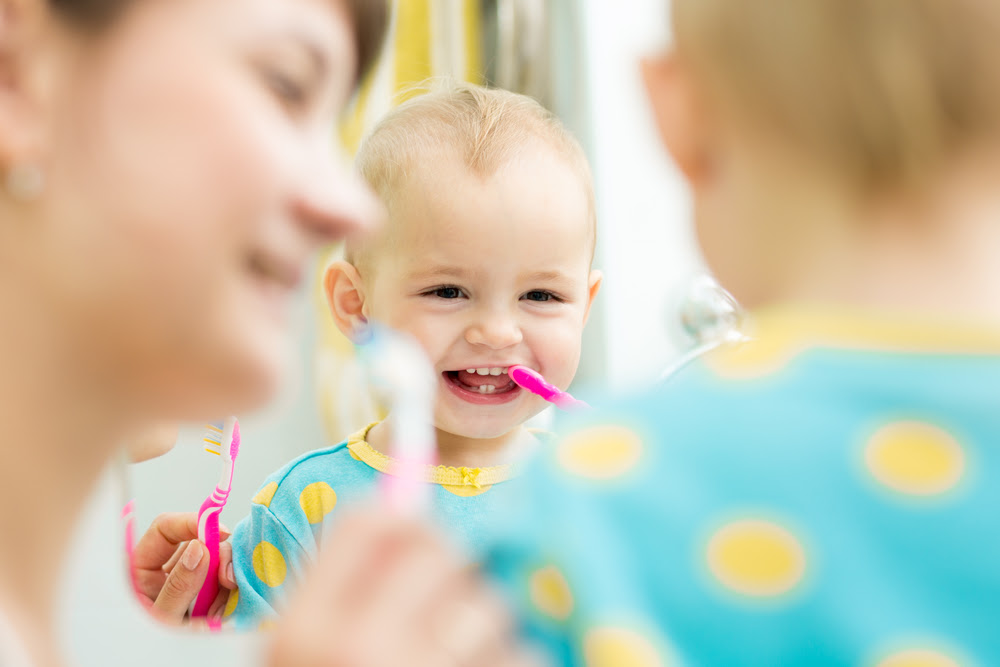CHILDREN’S TENDENCY TO IMPACT OTHERS
One of the most important features of the mental breakthrough process around the age of 1.5 is the ability to observe. During this period, the child observes the people around him. In this period, he tends to apply the movements he observes with imitation, which is another skill he develops. Children may have a tendency to imitate.
CHILDREN’S TENDENCY TO IMPACT OTHERS
One of the most important features of the mental breakthrough process around the age of 1.5 is the ability to observe. During this period, the child observes the people around him. In this period, he tends to apply the movements he observes with imitation, which is another skill he develops. Children may have a tendency to imitate.
LIFE 0 308 Add to Reading List
What causes a tendency to imitate in children?
Children now have a developed observation ability at 64 weeks of age. After observation comes imitations. Babies tend to get to know their surroundings from their first developmental period. After getting to know their surroundings, they begin to develop the ability to imitate the people and other living things they see. Especially towards the age of 1, the baby may try to imitate the sounds of animals. After this process, the child may begin to imitate the mother and father with the gradually developing observation feature. Parents, who are the first people he sees around him, will be role models for him. With the mental leap he spent towards the age of 1.5, his ability to observe can make a real progress. The child can imitate his surroundings with his examples and want to experience new things in this context.
In the mental background of the child who exhibits the ability to imitate, there may be phenomena such as adapting to the environment and acting older than his age. The child may try to imitate the movements that the parents perform in their daily routine. For example, if the mother is cooking, the child may realize that it is an adult job and appear eager to cook. He can try to do such a job with the help of his mother. He reflects the movements he sees around him in his plays. For example, a child playing with her dolls might have her baby cook a surreptitious meal. As a more singular example, after the child sees the father go to the bathroom alone and wash, he realizes that adults do this and may want to go to the bathroom alone and wash.
Parents should be very careful because in this period when the child observes and imitates, there is no distinction between good or bad. He can imitate anything he sees that catches his attention. For example, in a cartoon, you may see a superhero flying and want to experience it, which can have negative consequences. (It should be noted that 1.5 years old is an early period for children to watch television.) Another example is that if he goes to the park and sees a child hitting his mother, he may start doing it himself. At this point, parents should state the concepts of right and wrong to their children and warn them. In addition, they themselves should not be a bad example to the child.
